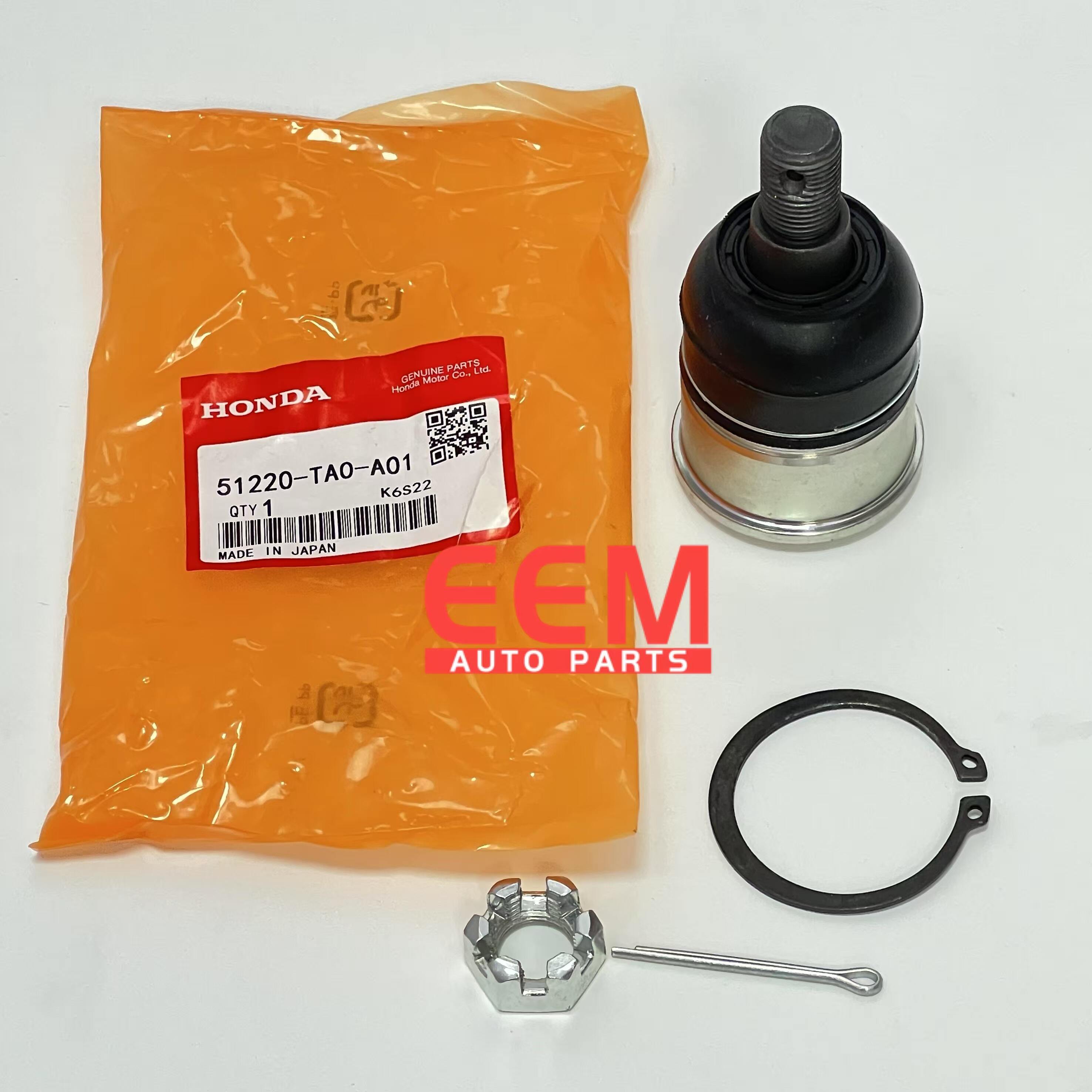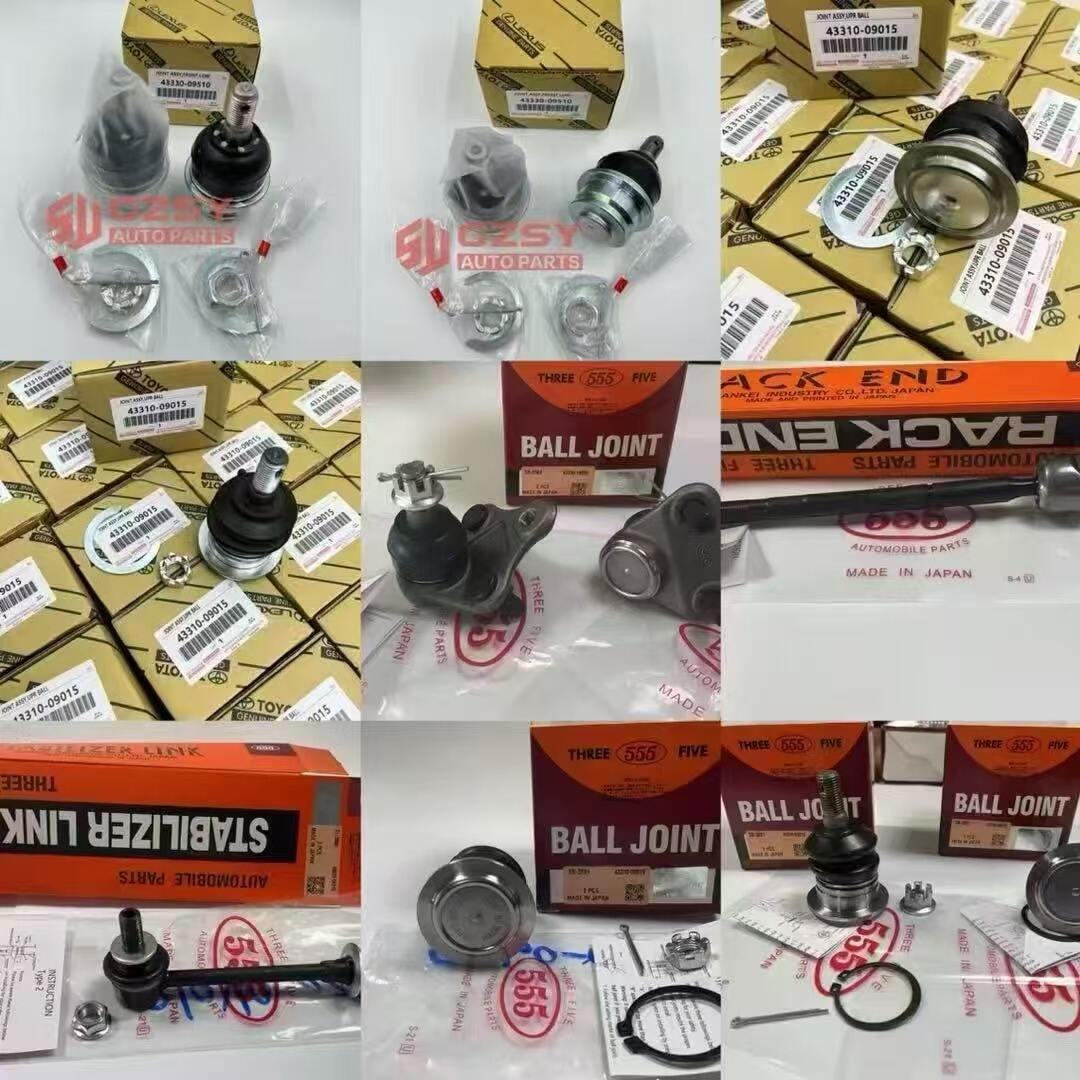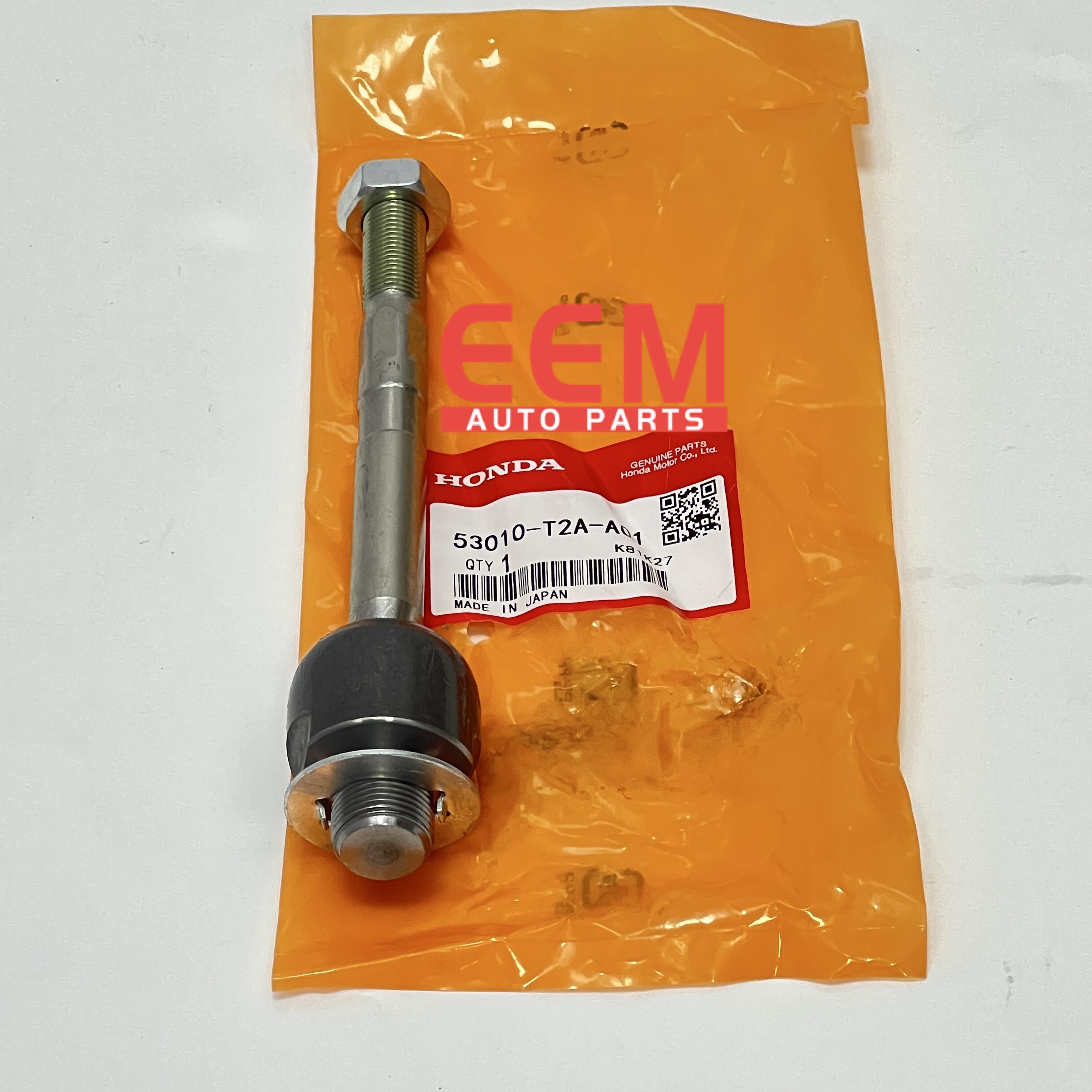steering rod ball joint
The steering rod ball joint is a critical component in a vehicle's steering system, serving as a pivotal connection point that enables smooth and precise directional control. This sophisticated mechanical component consists of a spherical bearing design that allows for multi-directional movement while maintaining structural integrity. The ball joint connects the steering knuckle to the steering rod, facilitating the transfer of motion from the steering wheel to the wheels themselves. Its design incorporates high-grade steel construction and precise engineering tolerances to ensure durability and optimal performance under various driving conditions. The component features a sealed housing that protects the internal bearing from contamination while retaining lubricant, essential for prolonged service life. Modern steering rod ball joints often incorporate advanced materials and coating technologies that enhance wear resistance and reduce friction, resulting in more responsive steering and improved overall handling characteristics. The component's ability to accommodate both angular and rotational movement is crucial for maintaining proper wheel alignment and ensuring stable vehicle control, particularly during turning maneuvers and when navigating uneven road surfaces.


